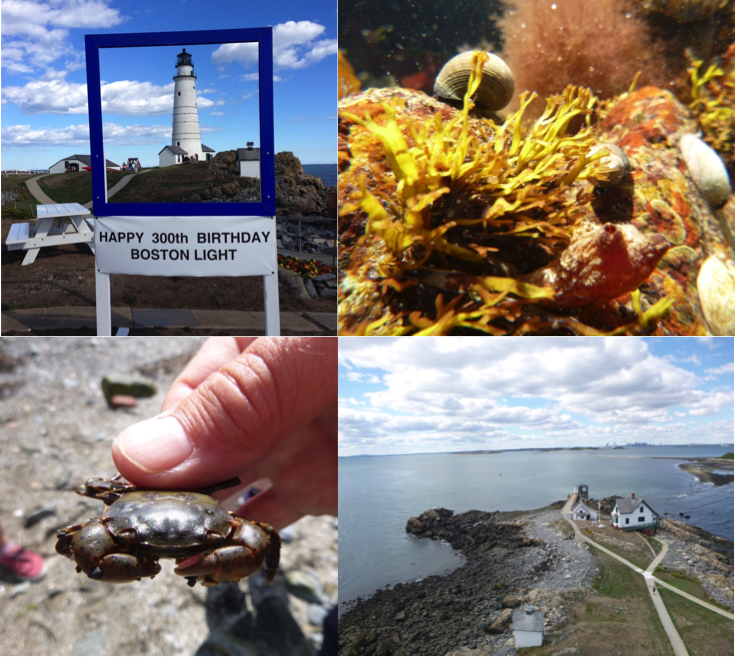Ocean Genome Legacy’s (OGL) mission got a boost last week from the National Park Service, which celebrated its 100th birthday with a bioblitz!
On September 24, OGL joined the National Park Service and National Geographic to document marine biodiversity in the Boston Harbor Islands National and State Park. Scientists and naturalists led tours to record all species including plants, birds, and insects at several key locations in the Boston Harbor Islands. OGL led the investigation of marine tide pool diversity on Little Brewster Island, home of the iconic 300-year-old Boston Light.

With OGL’s guidance, citizen scientists used iNaturalist, an online biodiversity networking application, to upload images of crabs, periwinkles, and shrimp directly to the National Park Bioblitz page. All of the observations, once verified, become part of the National Park Service’s Centennial record of biodiversity across the nation.
Bioblitzes are one way that OGL works to monitor and preserve marine biodiveristy, but there are many more. You can have an up close and personal look at OGL by joining us in Nahant, Mass., at the Marine Science Center Open House Saturday, October 15, and our upcoming public lecture, “From DNA to Discoveries,” Tuesday, October 18.
The OGL biorepository works with researchers, educators, and citizen scientists around the globe to preserve valuable DNA samples and inspire the next generation of ocean stewards. If you would like to support our efforts, please consider making a gift.
